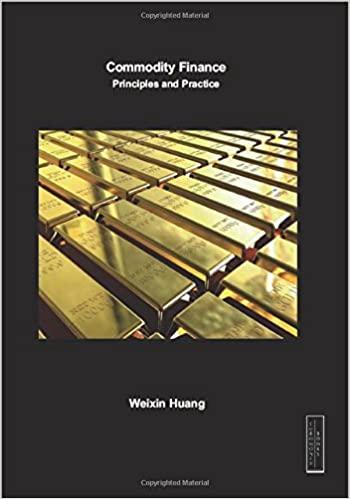Question
Need Excel solution to ALL parts. A friend is celebrating her birthday and wants to start saving for her anticipated retirement. She has the following
Need Excel solution to ALL parts. A friend is celebrating her birthday and wants to start saving for her anticipated retirement. She has the following years to retirement and retirement spending goals. Years until retirement: 30 Amount to withdraw each year: $120,000 Years to withdraw in retirement: 25 Interest rate: 7.5% Because your friend is planning ahead, the first withdrawal will not take place until one year after she retires. She wants to make equal annual deposits into her account for her retirement fund. Required: If she starts making these deposits in one year and makes her last deposit on the day she retires, what amount must she deposit annually to be able to make the desired withdrawals at retirement? Suppose your friend just inherited a large sum of money. Rather than making equal annual payments, she decided to make one lump-sum deposit today to cover her retirement needs. What amount does she have to deposit today? Suppose your friends employer will contribute to the account each year as part of the companys profit-sharing plan. In addition, your friend expects a distribution from a family trust several years from now. What amount must she deposit annually now to be able to make the desired withdrawals at retirement? Employers annual contribution: $1,500 Years until trust fund distribution: 20 Amount of trust fund distribution: $28,500 Go back and assume the basic information from part 1 above---no inheritance and no employer contributions. Now assume that the inflation rate is 3%. Consequently, when your friend retires she will want to withdraw $120,000 each year in todays dollars. What amount is she planning to receive in year 31 (the end of her first year of retirement)? How much does she need to have in retirement at the end of year 30 in order to receive her retirement payments assuming that these retirement payments continue to increase at 3% per year throughout her retirement? If she starts making deposit amounts in one year and makes equal deposit amounts each year and makes her last deposit on the day she retires, what amount must she deposit annually to be able to make the desired withdrawals at retirement? If she starts making deposit amounts in one year and her deposits increase at the inflation rate of 3% each year until she makes her last deposit on the day she retires, what amount must she initially deposit to be able to make the desired withdrawals at retirement?
Step by Step Solution
There are 3 Steps involved in it
Step: 1

Get Instant Access to Expert-Tailored Solutions
See step-by-step solutions with expert insights and AI powered tools for academic success
Step: 2

Step: 3

Ace Your Homework with AI
Get the answers you need in no time with our AI-driven, step-by-step assistance
Get Started


